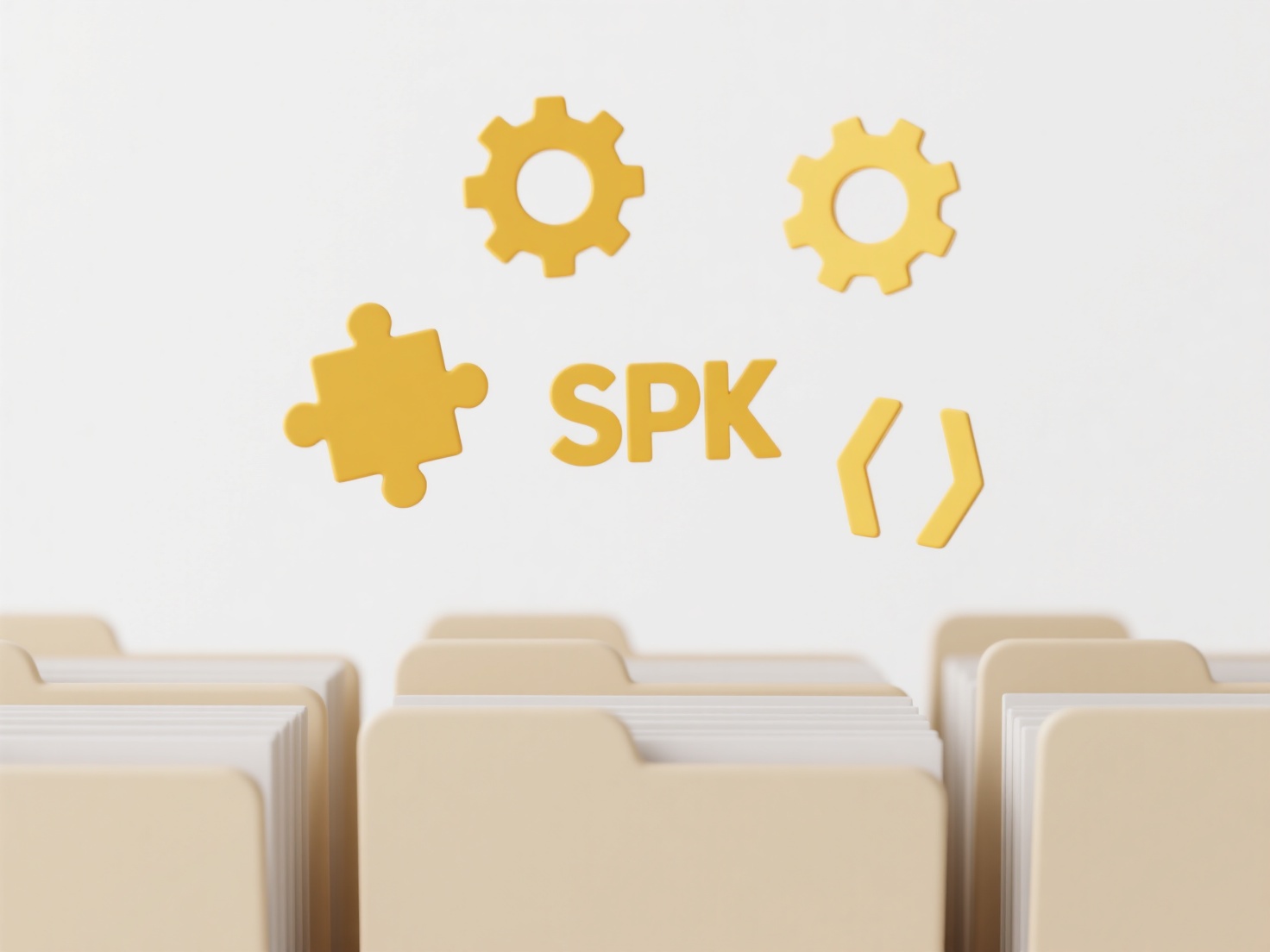
A good naming schema for training images provides consistent structure using identifiers that encode key metadata. It typically combines class labels, unique identifiers, and sometimes attributes like sequence order or version in a defined sequence (e.g., "cat_00234.jpg" or "defect_A_20230915_003.png"). This differs from ad hoc naming by enforcing machine-parsable patterns for automated processing, unlike purely descriptive filenames like "broken_widget_photo1.jpg."
For instance, agricultural drone imagery might use "field1_healthy_corn_row7_004.tiff" to embed location, crop health, and frame position. Medical imaging datasets often incorporate patient ID anonymization alongside modality and view, such as "P123_CT_axial_001.dcm." Such schemas are vital in domains using large-scale datasets for computer vision training in AI platforms like PyTorch or TensorFlow.

This systematic approach accelerates data sorting, filtering, and augmentation pipelines. However, designing a scalable schema requires upfront planning: overly complex names risk file-handling errors, while overly simplistic ones may lack necessary context. Future-proof schemas allow for extensible attributes without disrupting existing workflows, balancing clarity against metadata redundancy.
What’s a good schema for naming training images?
A good naming schema for training images provides consistent structure using identifiers that encode key metadata. It typically combines class labels, unique identifiers, and sometimes attributes like sequence order or version in a defined sequence (e.g., "cat_00234.jpg" or "defect_A_20230915_003.png"). This differs from ad hoc naming by enforcing machine-parsable patterns for automated processing, unlike purely descriptive filenames like "broken_widget_photo1.jpg."
For instance, agricultural drone imagery might use "field1_healthy_corn_row7_004.tiff" to embed location, crop health, and frame position. Medical imaging datasets often incorporate patient ID anonymization alongside modality and view, such as "P123_CT_axial_001.dcm." Such schemas are vital in domains using large-scale datasets for computer vision training in AI platforms like PyTorch or TensorFlow.

This systematic approach accelerates data sorting, filtering, and augmentation pipelines. However, designing a scalable schema requires upfront planning: overly complex names risk file-handling errors, while overly simplistic ones may lack necessary context. Future-proof schemas allow for extensible attributes without disrupting existing workflows, balancing clarity against metadata redundancy.
Quick Article Links
What is a .blend file?
A .blend file is the native file format used by Blender, a free and open-source 3D creation suite. It acts as a comprehe...
How can I compare two versions of the same file?
Comparing two versions of the same file involves identifying differences between the documents. It typically focuses on ...
Why does antivirus block the file from opening?
Antivirus software blocks files from opening primarily to protect your computer from malicious software, commonly known ...